The secret to cooking a delicious steak every time is a great sear and an even cooking to your desired doneness temperature. Equally important is knowing how done the steak is before removing it from the grill.
When it comes to reaching your desired temperature of steak doneness, use an instant read thermometer or practice the finger touch test. Knowing what the internal temperature of the steak is before removing it from the grill will help you cook your perfect steak and please guests by serving their favourite doneness.
Guide To Steak Doneness
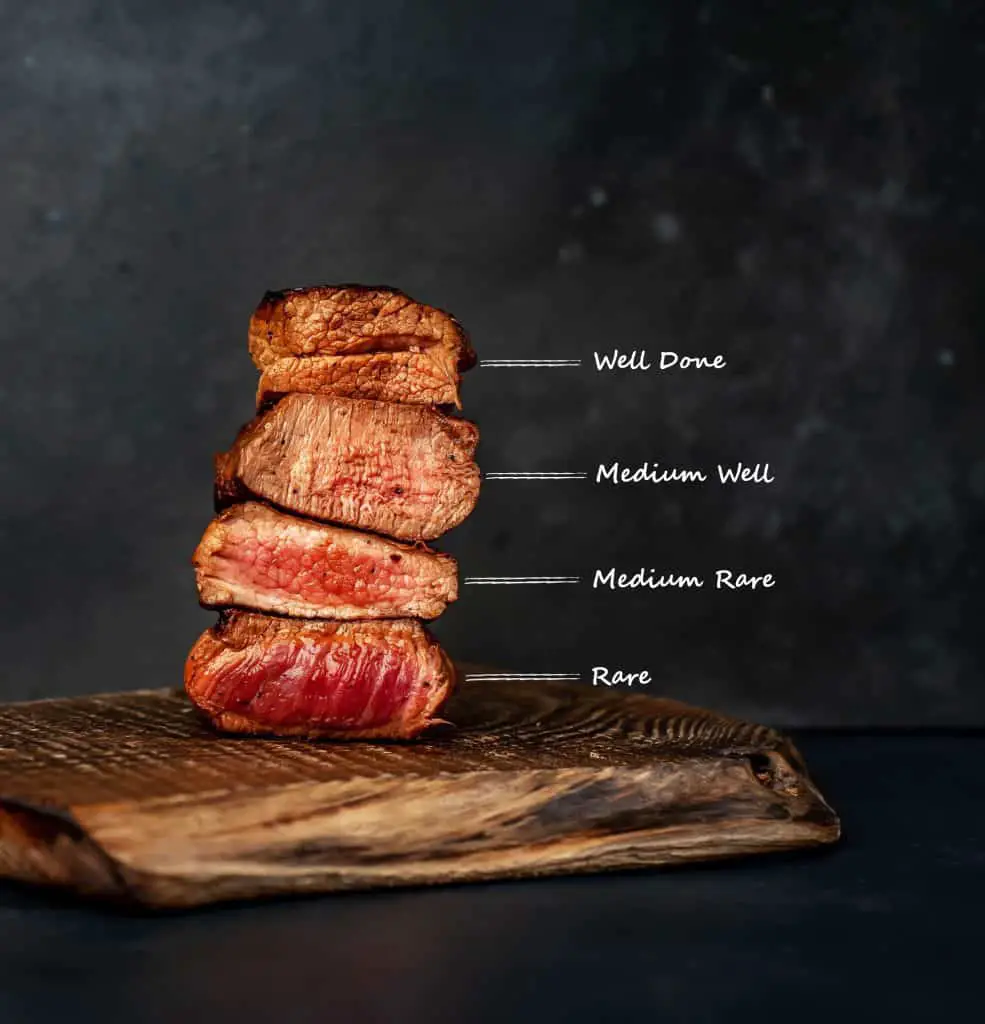
Rare – 125°F/ 52°C
Bright red center
Soft and tender
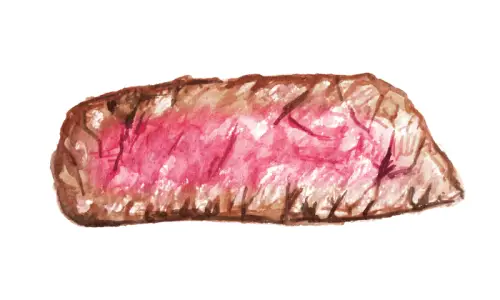
A nearly raw option for those that love the texture and the taste of rare meat. A rare steak is warm-to-cool in the center. The steak should still have a strong sear but an internal temperature of around 125°F to remain bright red and more on the raw side. Although not the most popular choice, it’s preferred as an option by some for leaner steaks such as filet mignon, or other lean beef cuts.
Medium Rare – 135°F/ 57°C
Warm red center
Soft texture

Medium rare is to have a warm red colour and is often revered as the best way to have steak. By cooking to an internal temperature of 130-140°F it allows the fat marbling of the steak to melt and add a richness and savoury juiciness to the steak. A medium-rare steak should be both soft and flavoursome.
Medium – 145°F/ 63°C
Pinkish-red center
Slighty Firm
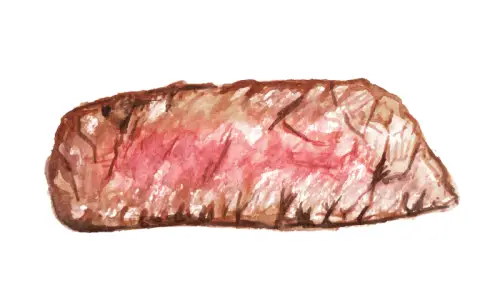
Medium steaks have a pinkish-red center but obvious browning at the edges. Although slightly drier than medium, it still has a soft texture in the centre but a bit more bite on the slightly firmer outside. As you’ve got more time to cook, anything medium or more cooked should always have a strong dark sear.
Medium Well – 150°F/ 66°C
Brown with slightly pink center
Firm to touch
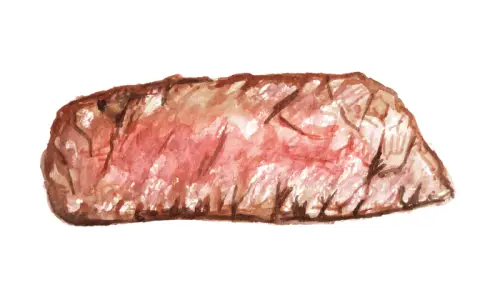
Medium well has only a very slight pink center and an even brown throughout. Medium well is firm to the touch, although depending on the cut of beef can still be tender at the center. Most often those who are more sensitive to the sight and texture of rarer meats will order this steak, due to its presentation and slight tenderness.
Well Done – 160°F/ 71°C
Completely brown through, no pink
Very firm
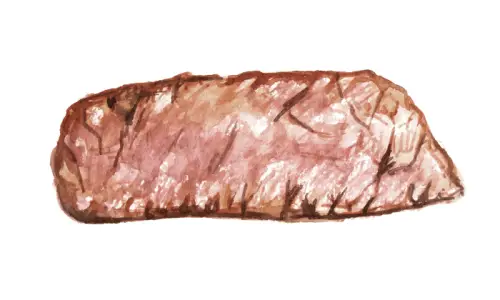
Those who really aren’t having a bar of rare steak and don’t want any sight of redness or rareness will be happy chowing down on well done steaks. No pink should be seen, only an even brown throughout. Although distinctly more firm, as long as you don’t exceed 165°F and keep it toward the 160°F mark internally you can still keep it on the more tender side of well done.
Note: For safety, the USDA recommends beef steaks to be cooked to an internal temperature of 145°F before consumption, or 160°F for ground beef.
Best Ways To Test Steak Doneness
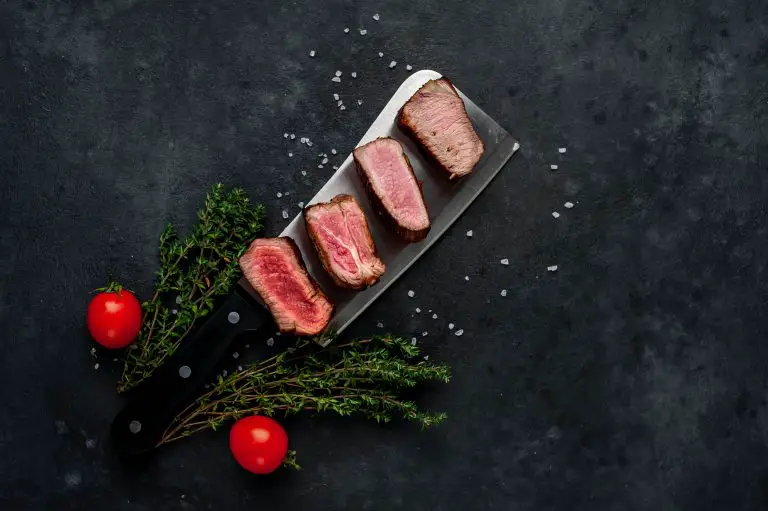
Thermometer
The most reliable and fail-safe way to test a steaks doneness is to measure the internal temperature with a reliable thermometer. Insert an instant-read thermometer through the side of the steak into the middle of the thickest part for an accurate read.
The only minor downside is that you will draw some of the juice out, but it’s minimal and the benefit is that you get a certain measurement of the steaks doneness.
This is certainly the best and most reliable method for roasted beef steaks, like with smoked tri-tip, or roast prime rib for example.
Finger Touch Test
You may have seen or been taught to do the finger touch test. Likening the steaks toughness to your palm by touching your thumb and varying fingers together depending on the desired doneness. Some chefs swear by this, and with practice is definitely a reliable way to test steak doneness.
The downside is that you leave a lot more to chance. Other variables such as cut and the thickness of the steak will play a part in this. Although this is a helpful guide, to be precise you can always use the reliable thermometer. You also can’t do the finger touch test on larger roast beefs, like when cooking beef tri-tip, whole beef tenderloin, or when cooking prime rib roasts for a group.
How To Do The Finger Touch Test

Raw:
With an open palm and a relaxed hand use the index finger of your other hand and press it on your palm, close to where your thumb begins. This can be likened to the feeling of raw meat.
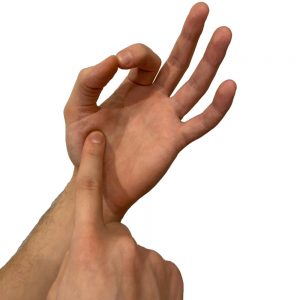
Rare:
By gently pressing your thumb and index finger together and using your other index finger and pressing on the same area it will feel a bit firmer. This is how rare meat feels.

Medium Rare:
Following in the same fashion, now pressing your thumb and middle finger together, the firmness of your palm close to your thumb will feel like medium rare meat. If you’re going for medium rare, when testing the doneness of your steak you can flick between your index, ring, and middle finger to help you determine what the doneness is closest too.

Medium:
Medium doneness will feel slightly firmer still, and can be tested by pressing the tips of your ring finger and thumb and again feeling the fleshy part of your palm close to your thumb.

Well Done:
Anything that feels tougher than your ring finger and thumb will likely be well done, but you are able to test this by touching your thumb and pinky together and pressing your index finger on the palm of your hand next to your thumb.
Rest Your Steak
A common myth is that resting the steak allows the juices to reabsorb into the meat. Although not entirely true, by resting your steaks you’re giving the meat enough time for the juices to evenly distribute. By cutting into a steak without resting you’ll find a lot more of the juices will run out of it. So, for the most evenly cooked and juiciest steak you should allow it to rest for at least 3 minutes and up to 6 depending on the thickness and size of the steak.
For example, when you’re cooking skirt steak for a crowd, since it’s such a thin steak it really only need 1-2 minutes to rest.
Keep in mind this resting time applies to steaks, and not larger meats which can do with a lot longer of a rest, such as a nice hickory wood smoked brisket.
Note: As the steak rests its temperature may increase by around 5°F/ 2°C. So, when measuring the internal temperature of the steak on the grill, remove it just before it hits your desired doneness to ensure it’s perfectly cooked when you’re ready to eat!

